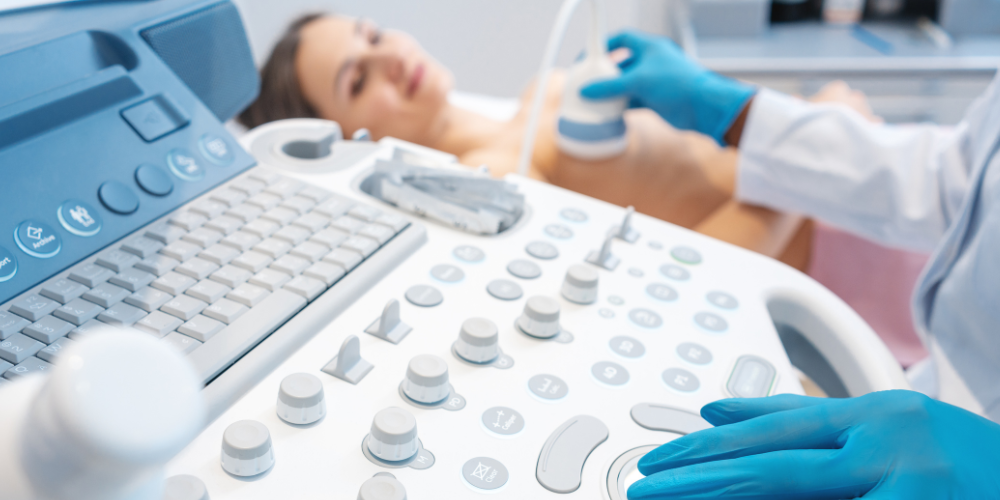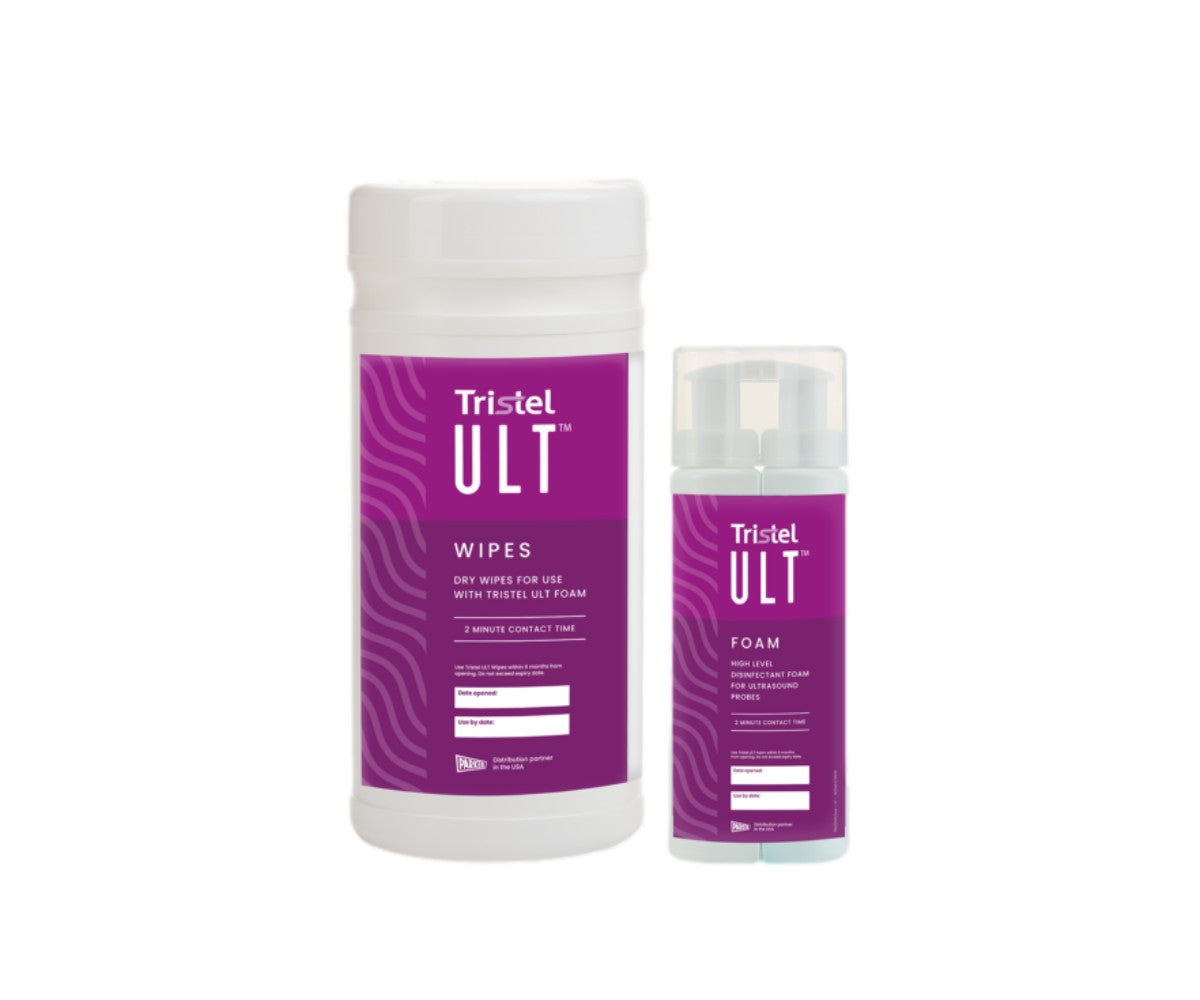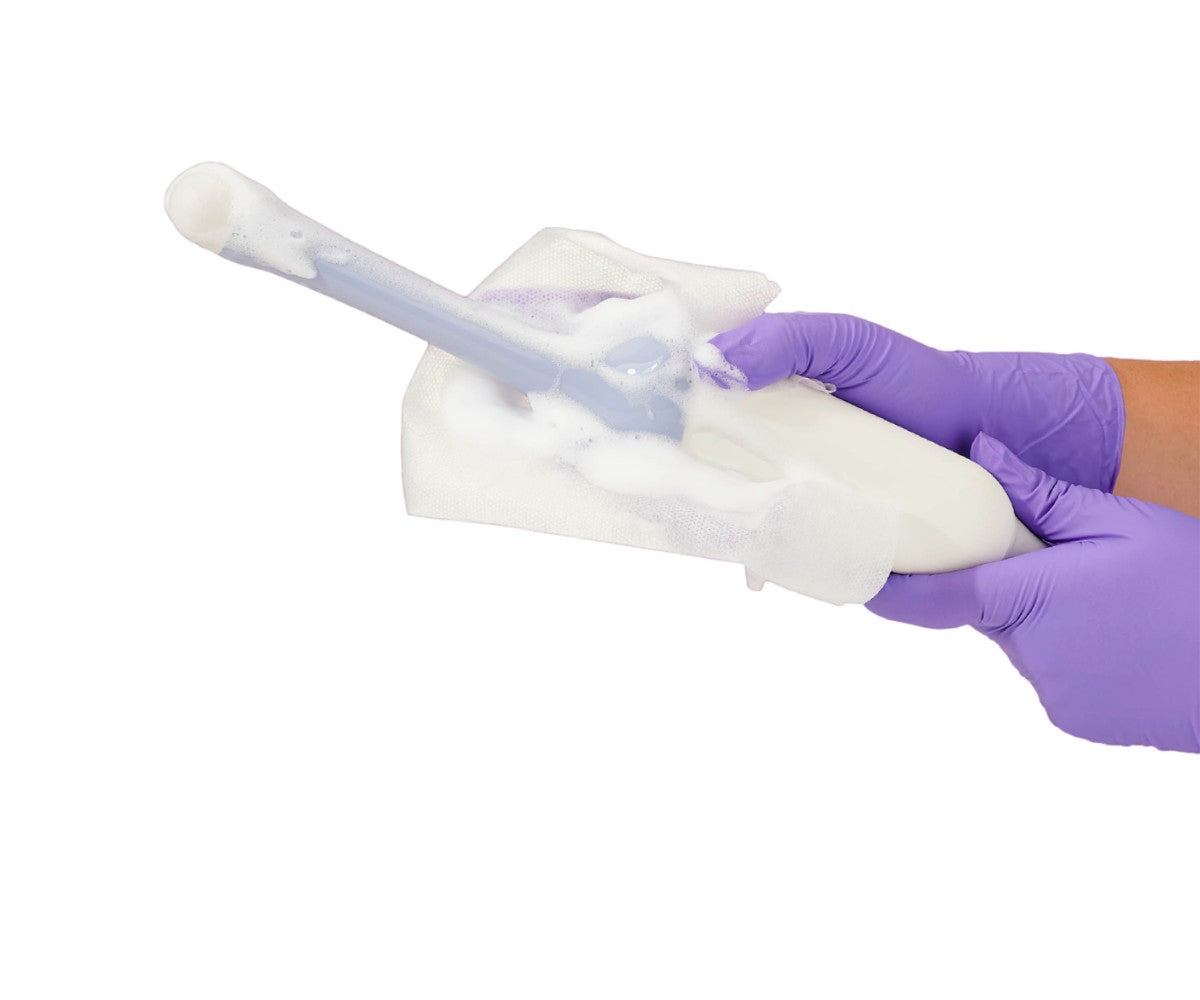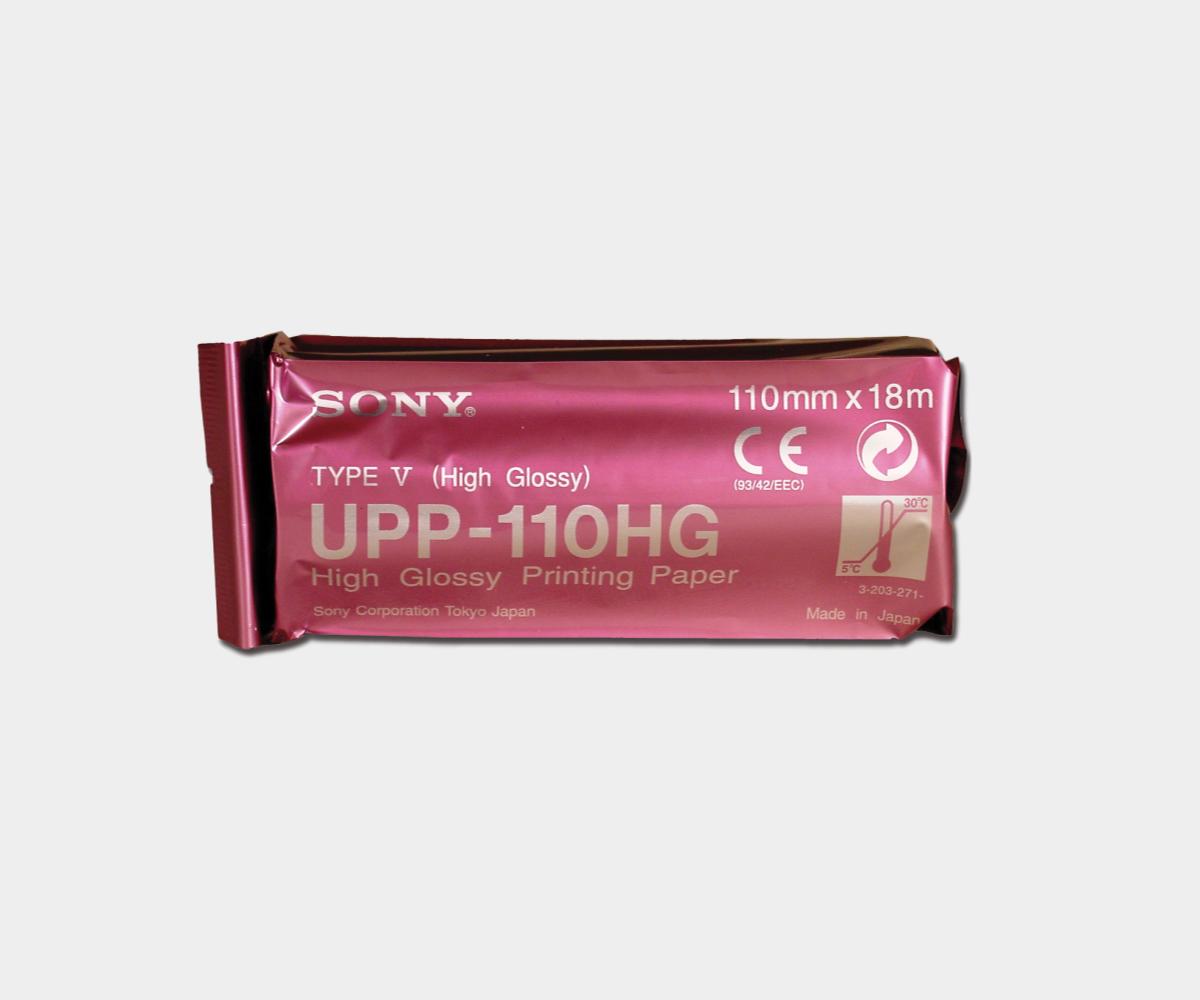Breast cancer accounts for 12.5% of all new annual cancer cases worldwide, making it the most prevalent cancer globally. As a significant global health concern, there's a pressing need for advanced diagnostic tools to enable early detection and effective treatment.
Role of Deep Learning in Ultrasound Imaging
Deep learning, as a subset of artificial intelligence, stands as a powerful technology reshaping healthcare across various domains, including medical imaging analysis, interpretation of electronic health records (EHR), and drug discovery. Its application spans disease detection and diagnosis, notably in cancer, cardiovascular diseases, and neurological disorders, leveraging medical images like X-rays, CT scans, and MRIs.
In ultrasound diagnosis, deep learning has ignited substantial progress, greatly improving diagnostic accuracy and efficiency. Its recent applications encompass a broad spectrum of tasks, ranging from conventional activities like classification, segmentation, and detection to emerging endeavors such as image-guided interventions and therapy. These tasks are applied to various anatomical structures across medical ultrasound analysis, including but not limited to the breast, prostate, liver, heart, brain, and more.
Convolutional neural networks (CNNs) is one of the most popular deep architectures, demonstrating success in tasks such as image classification, object detection, and target segmentation. By learning from raw data, such as ultrasound images, CNNs generate hierarchical abstract representations, followed by the use of linear classifiers like softmax layers or support vector machines (SVMs) to produce probabilities or class labels. This process, known as supervised learning, relies on image annotations or labels to achieve the task. Additionally, unsupervised learning methods, such as auto-encoders (AEs) and restricted Boltzmann machines (RBMs), offer promising improvements in performance without the need for labor-intensive human annotations.

Recent reports suggest that DL-based interpretation of breast ultrasound is on par with or surpasses that of human radiologists. Yet, integrating DL into clinical practice remains debated. A recent systematic review in npj Precision Oncology analyzed 16 studies to assess DL's accuracy versus human readers in diagnosing breast cancer via breast ultrasound in clinical settings. The findings are intriguing.
Standalone DL systems vs. human readers
Findings from 14 studies comparing standalone DL systems with human readers reveal mixed results.
A study published in Journal of Ultrasound in Medicine found that DL demonstrated a lower AUC compared to human readers, while two other studies indicated equivalence in AUC between DL and human readers. Conversely, a separate study reported a higher AUC for DL compared to human readers. Notably, in three studies, DL exhibited superior AUC over less experienced human readers while performing comparably to experienced human readers.
Regarding accuracy, DL systems surpassed all human readers in two studies. In another study, DL was found to be more accurate than less experienced human readers while maintaining comparability to experienced readers. However, there was a study where DL demonstrated equivalent performance to less experienced human readers but outperformed experienced ones.
In terms of sensitivity, standalone DL systems displayed lower sensitivity than overall human readers in five studies. However, in two studies, DL was found to be more sensitive than less experienced human readers yet less sensitive than experienced ones.
Assistive DL systems
In 12 examining assistive DL systems studies, 3 demonstrated enhanced AUC of human readers when combined with DL systems. One study found that assistive DL had a comparable AUC to human readers alone. Regarding the impact of DL on human readers with varying experience levels, two studies showed that assistive DL systems improved AUC compared to less experienced human readers but not for experienced ones.
In terms of accuracy, assistive DL systems outperformed human readers in three studies. However, there was no evidence of improved overall sensitivity with the combination of DL and human readers compared to human readers alone.
Regarding specificity, seven studies reported improved specificity in human readers when using assistive DL systems. Interestingly, one study found that assistive DL technology enhanced diagnostic specificity among experienced human readers but not among inexperienced ones. Conversely, another study showed that less experienced human readers were aided in terms of specificity by assistive DL systems.
Tentatively, both standalone and assistive DL systems appeared to be more specific than average human readers, while their sensitivity remained unclear. However, due to incomplete contingency tables in most studies, a comprehensive diagnostic analysis for all included studies could not be conducted.

The researchers mentioned that significant differences among studies, hindering comparability. Variability in lesion types, study sizes, and overestimated malignancy rates raise concerns. Most studies are from Asia, limiting generalizability, and racial differences complicate extrapolation. Standardization and inclusion of diverse populations are needed. Inconsistent cutoff values, reader expertise, and reference standards make accuracy evaluations challenging.
Despite these hurdles, further research and refinement are crucial to optimize the integration of deep learning into clinical workflows, ultimately advancing patient outcomes in the fight against breast cancer.

EDM Medical Solutions is a premier supplier and manufacturer of medical imaging products, including ultrasound supplies, surgical drapes, and needle guides. We are committed to delivering a high-quality and cost-effective range of products that enhance patient care and operational efficiency.
Our Krystal brand, featuring probe covers and equipment drapes, sets the industry standard for quality, safety, and reliability. Switching to Krystal can mean up to 30% in savings on your supplies.
With market-leading prices and rapid shipping options, we ensure our clients have immediate access to the supplies they need, when they need them. That's why over 2,000 facilities in the US choose EDM.








